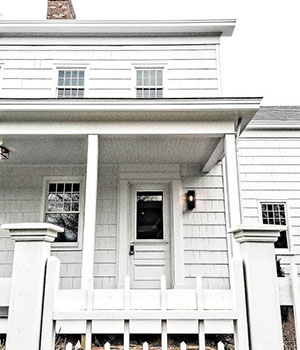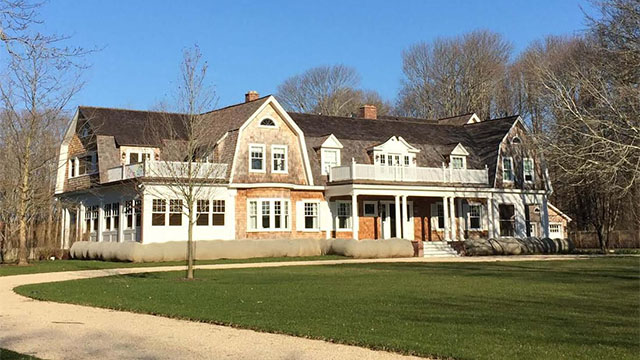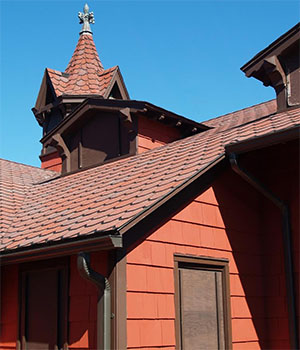 |
|
Belvedere Cottage. (Photo: Emma Ballou) |
Now is your chance to peek inside some of the most beautiful homes in Southampton. On Saturday, June 4th from 1 to 4 p.m., Southampton Historical Museum will present the 7th annual Southampton House Tour “Insider’s View.” Participants will have the opportunity to witness Hamptons living at its finest. Following the self-guided tour, participants are invited to attend the champagne reception, sponsored by Southampton’s very own Sant Ambroeus Restaurant.
The featured homes will illustrate unique architectural history from Colonial days through the present. Belvedere Cottage, White House, Village Jewel, Sanctuary, Dutch Colonial, The Thomas Halsey Homestead, and St. Andrew’s Dune Church are the seven homes that guests will have the chance to view.
Belvedere Cottage is a Victorian home built in the early 1800s by Frederic Betts. The four story, 7,000-square-foot house is sited on 2.2 acres next to Lake Agawam. The seven bedrooms make this a beautiful and quintessential Southampton “cottage.”
 |
|
White House. (Photo: Emma Ballou) |
White House is located at 159 Main Street and is a reminder of the days when Main Street was solely lined with residential homes. The home is a tribute to a fearless whaler, Captain George White (1819-1893), who fought to preserve public access to Southampton’s beaches. The inside of the home has been thoroughly updated, but has maintained the charm that makes this home so special.
Village Jewel, which features a Dutch Colonial Revival Style, was built around 1900 for Brigadier General Samuel Escue Tillman. General Tillman called his residence “Sound-o-Sea” and it has become one of the town’s most remarkable residences. General Tillman taught at the United States Military Academy at West Point and while he was away from Southampton, Walter Mann and his family frequented the gorgeous home. The Mann family made sure to keep Village Jewel the center of summer social activity. Mr. Mann was also one of the founding members of the Southampton Association.
The Sanctuary was built to avoid all beach house clichés. Suzanne Friday was brought on board as head interior designer. She created a comfortable all-year home, filled with neutral colors and bold patterns, exquisite furnishings and memorable artwork. This home is well-known for its tranquility and charm by all who have spent time in it.
 |
|
Village Jewel features a Dutch Colonial Revival Style. (Photo: Emma Ballou) |
Dutch Colonial is nestled deep in the heart of the Southampton estate district. The 9,000-square-foot shingle-style house was built by architect, John David Rose. There is a memorable custom-painted mural in the living room and an impressive two-story living room. Dutch Colonial is located next to Taylor’s Creek and the ocean; all while being surrounded by a lush landscaped property in an intimate neighborhood. There was no detail forgotten, inside or outside of this impressive home.
 |
|
St. Andrew’s Dune Church. (Photo: Suzanne Caldwell) |
The Thomas Halsey Homestead was established in 1648 by Thomas Halsey, one of Southampton’s original settlers. Today, the Southampton Historical Museum is the proud owner of the historical estate and continues to keep it open so the public is able to witness farm life in the 18th century. The house also features a colonial-style herb farm in the backyard.
Last, but certainly not least, St. Andrew’s Dune Church is Long Island’s most picturesque house of worship. It was acquire by a wealthy New York City doctor, who donated the property in 1879. It features a rustic interior and eleven Tiffany windows. The church has suffered through several raging storms, including in 1938 when it was nearly destroyed by a hurricane. After being restored twice, the church was moved back from the sea to prevent any future wreckage. The Southampton Episcopal Church organizes summer services, though the Church is non-denominational.
Tickets for this event are $95 in advance or $110 the day of the tour.
For more information, call 631-283-2494 or visit www.southamptonhistoricalmuseum.org.












